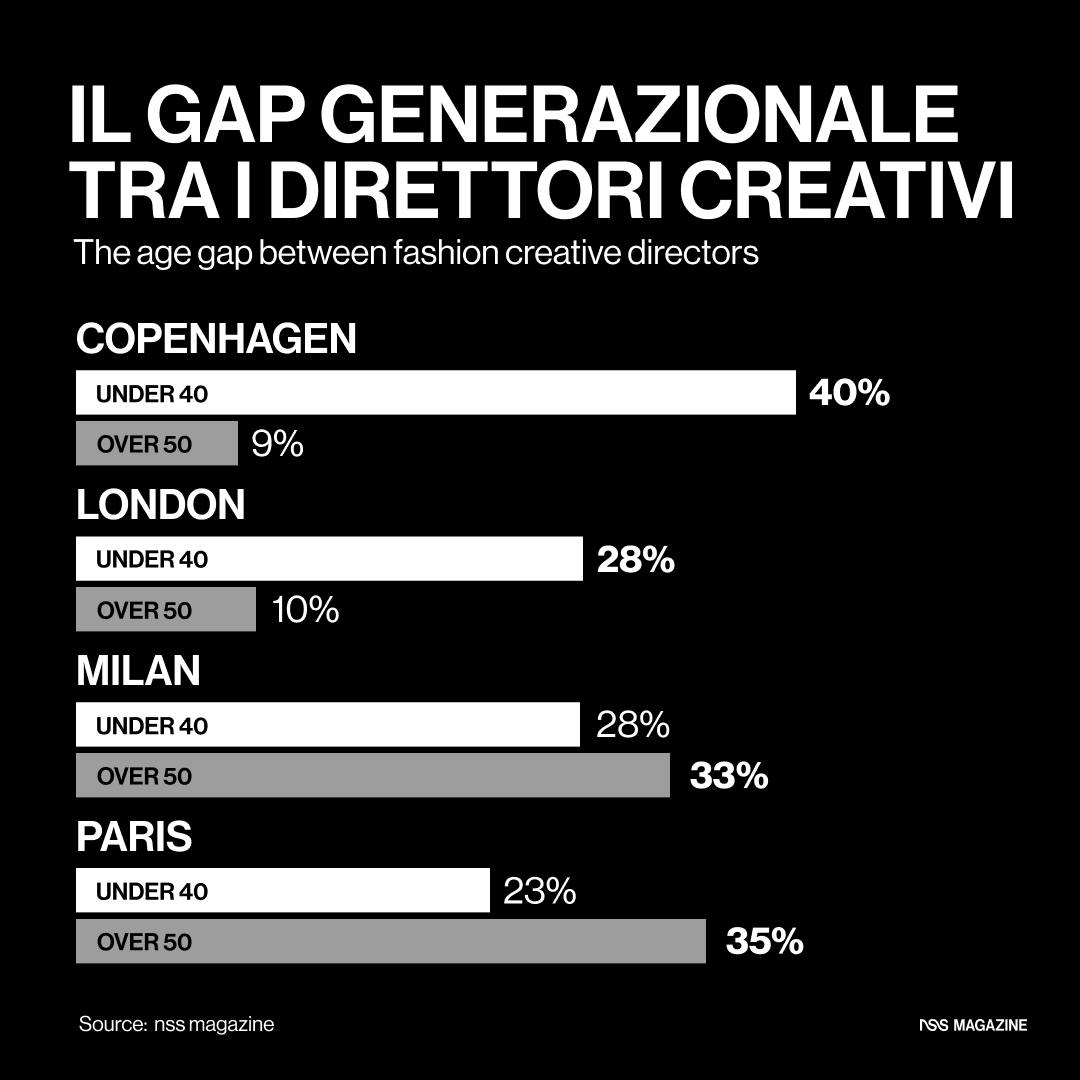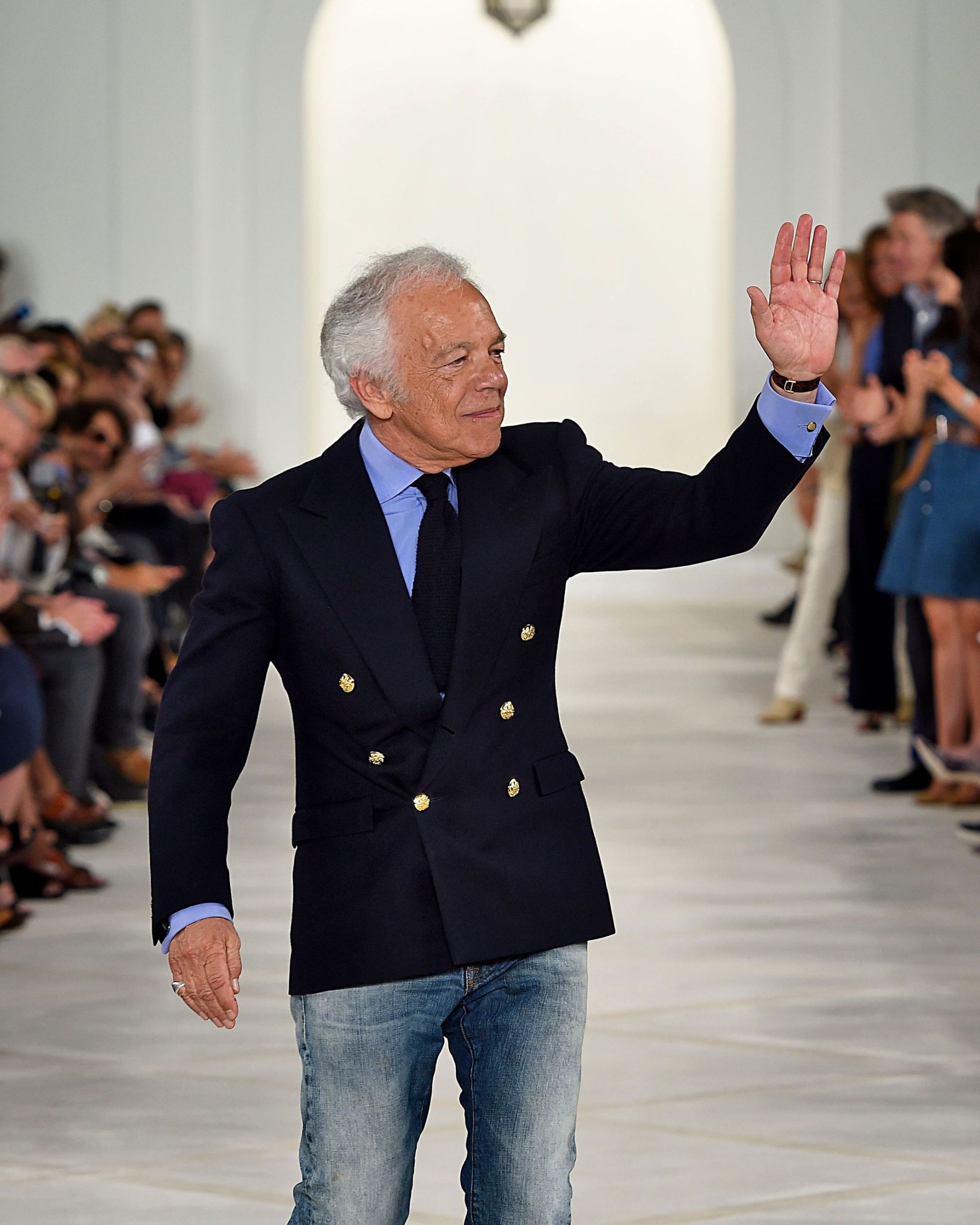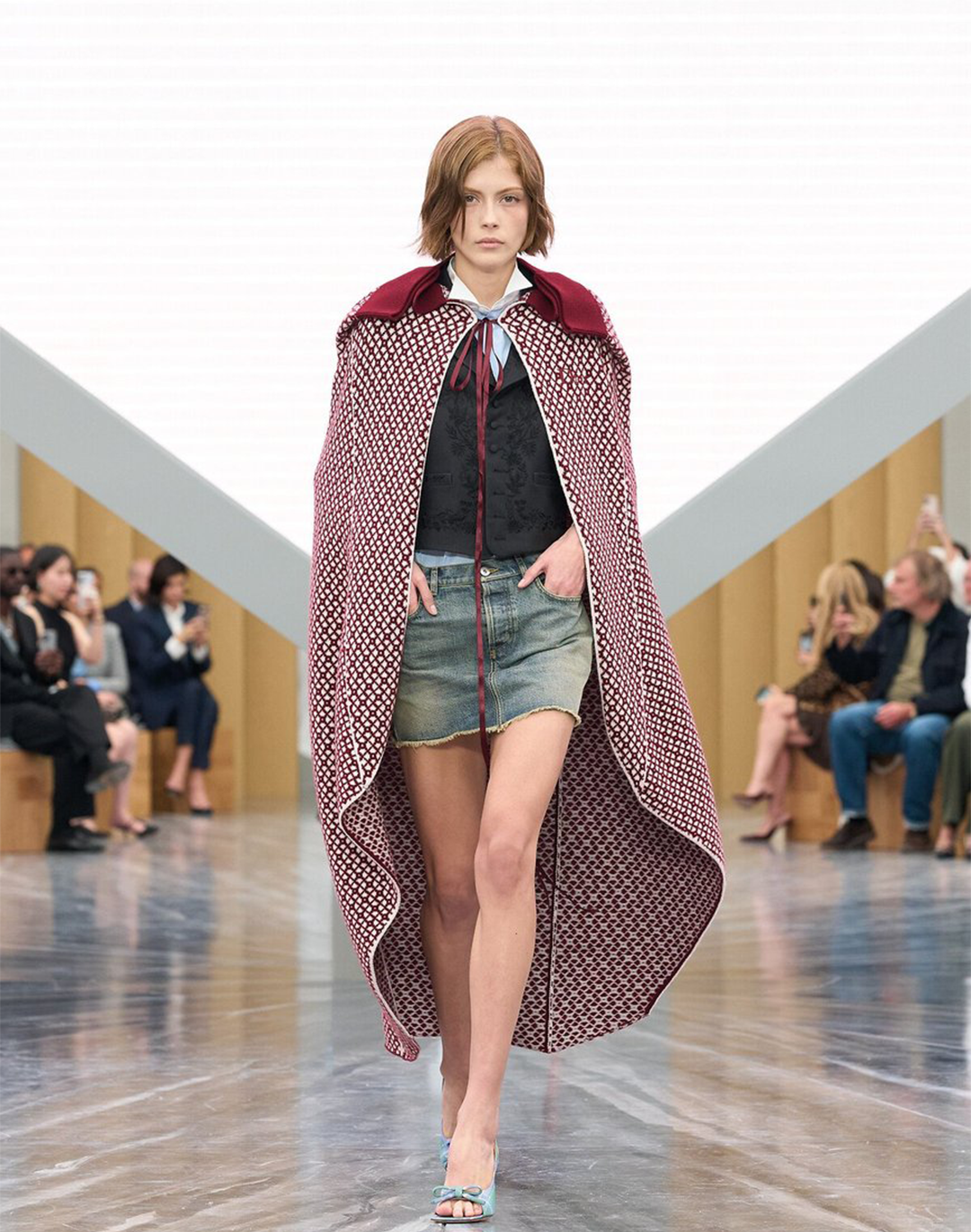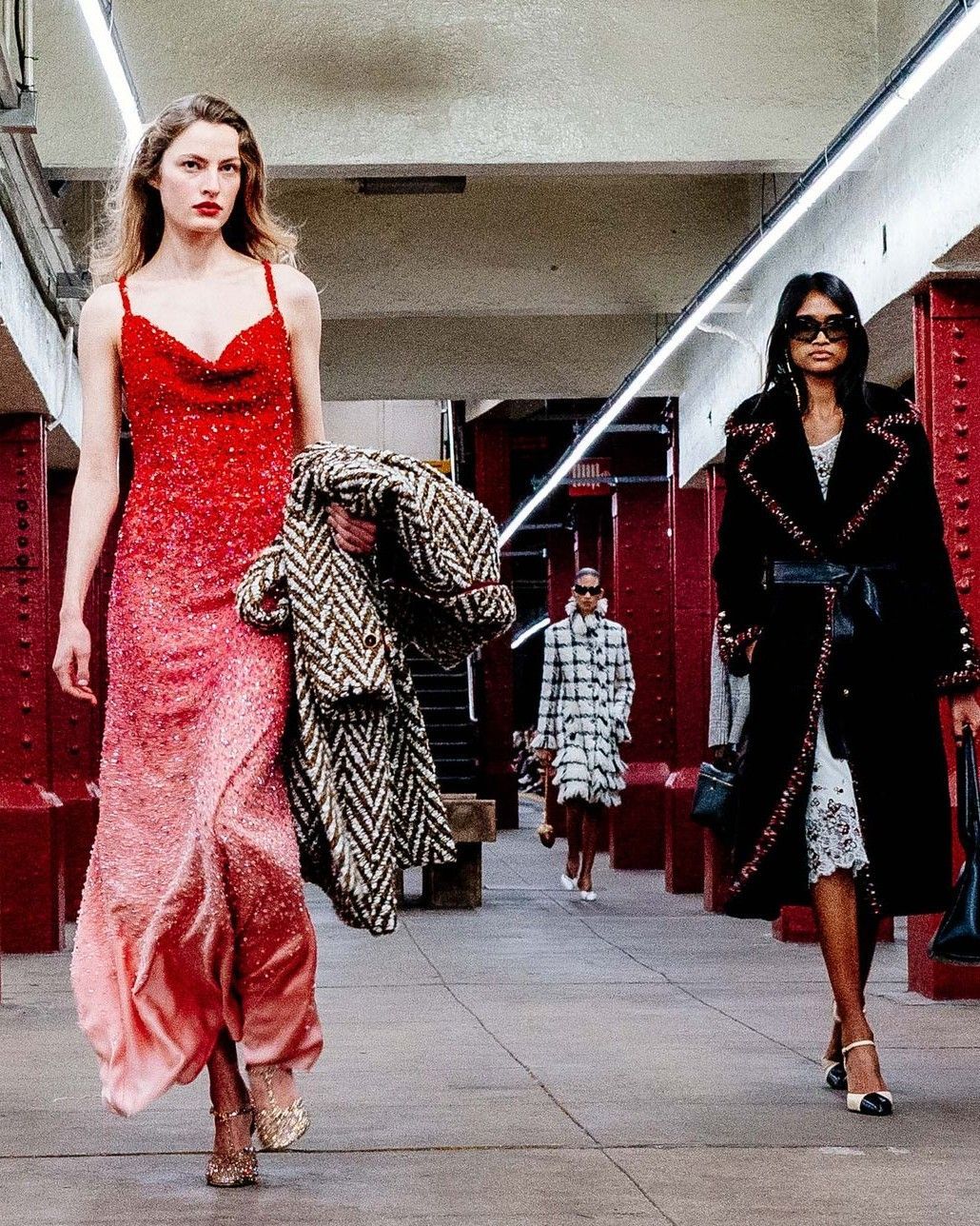
Italian fashion is a country for old men When did our designers stop looking at the world?
The fashion of Milan is nothing more than an extension, a representation of the historical moment the city itself is going through. On one side is Milan Fashion Week, on the other is the real city of Milan, and in between are the new generations, lost and disheartened. Even today, many continue to claim that to sell, fashion must offer a dream, provide a new world – yet, in recent years, by trying to offer that dream, the entire industry has distanced itself from reality, creating an entire cultural universe as well as an aura of desirability around products that became inaccessible. Over time, the power of the fashion myth, combined with rising prices and declining quality, has allowed a rift to form, a void between reality and fiction where the fast fashion market found fertile ground to gain power. Today, thanks to an increasingly commercial fashion, that world continues to grow both in terms of perception and sales, offering imitations of the designs seen on the runway, feeding trends as they emerge and further reducing that gap between boutique and shopping mall that once separated high-end design from the mass market – thus reducing Fashion Weeks to a thermometer signaling the health of the cities that host them.
And what do Milanese fashion weeks tell us about the city? Consider the moment it is going through: a metropolis struggling, after the glory of Expo, to remain the so-called kingdom of possibilities, especially for the new generations, who feel lost and disillusioned amidst skyrocketing rents and the lack of cultural exchange spaces. Today's Milan struggles to be purely loved, and so we find ourselves hating it a little, but we must not forget that it is still the grand, and perhaps only, stage where Italy's daily performance takes place. Culturally, however, a fashion that does not engage with reality is uninteresting, lacks substance, and nostalgically winks at the past, forgetting the future of the very young, who lose interest and reject the Milanese model. Milan is a complex city for the young, just as Milanese fashion seems increasingly aimed at the older generations. But while we don't know for sure which age group this fashion is intended for, we can try to calculate the average age of those who create it. By analyzing the average age of the creative directors of the major shows in the fashion capitals, it turns out that Milan and Paris are the “oldest” cities, with designers averaging 48 years old, while in London the average drops significantly to 41, and in Copenhagen it’s 39. Yet, in Milan and Paris, there are twelve and fourteen creative directors under forty, respectively, compared to twenty-two in London and nineteen in Copenhagen – with 40% of the designers in the latter’s fashion week calendar under 40, a percentage that drops to 28% for Milan and London, and 23% for Paris.
Indeed, just looking at the runways, one can see the absence of what characterized recent years: garments that reflected the times, capable of synthesizing a taste, a sentiment, or at least a symbolic aspect of reality. The Milanese runways barely, if at all, represent the ideals and values of the new generations; they aim to dress only the super-rich and the bored, turning Milan into a grand members' club where one needs a membership card and an income display to “live.” Symptomatic of this direction is the number of new members' clubs opening, following the example of Casa Cipriani, which in its latest financial statement on its debut year reported €20.2 million in revenue. And it's not just the rise of Soho House, The Wilde, Core Club, Aethos, and Ariosto Social Club but also the extraordinary influx of rich and ultra-wealthy internationals, especially from the UK, who are settling in the city to take advantage of a more lenient tax regime than in the United Kingdom. This imbalance in the city's “purpose”, which has shifted from being one of Italy's academic hubs to an enclave for the ultra-rich, has turned the city into an aquarium where the younger generation watches the lives of the older without truly clashing ideologically but rather with mutual guarded suspicion. The gap between the old and new worlds, between Montenapoleone and Primark, between the wealthy of Montenapoleone and the “maranza” of Barona, between the runways and the city, seems insurmountable.
can someone write about post modernism as it relates to fashions current nostalgia obsession & the perpetual present that obsession creates? references are now being referenced & a lot of what i see feels like a series of singularity events where there’s no continuity & no future
— Jordan Page (@veryADVANCED) September 24, 2024
Thus, Milan Fashion Week is nothing but a mirror of Milan, with the essential difference that, on current issues, the Municipality has opened a debate on what works, what doesn’t, and what needs to improve, seeking to create and find spaces that can foster interaction between those who were there and those arriving. Meanwhile, fashion continues to use obsolete paradigms and stale language, far removed from reality, refusing to accept its dying state and proposing rising prices as the only solution. Now more than ever, Milanese runways need to disappear and move to the streets among the people, to build communities and bridges that connect different cultures and worlds: a brand is exciting insofar as it adheres to and communicates with reality – if it distances itself, losing interest in modernity and failing to interpret the times, it’s no longer fashion but merchandise for the wealthy. The disaffection spreading through the city against fashion, often among the fashion workers themselves, is a disaffection toward the city itself and its promises that were never fulfilled: fashion that makes you hate it does not make you love Milan.
















































